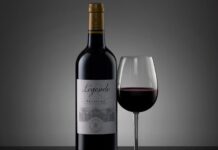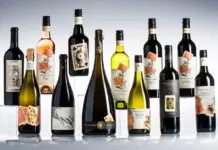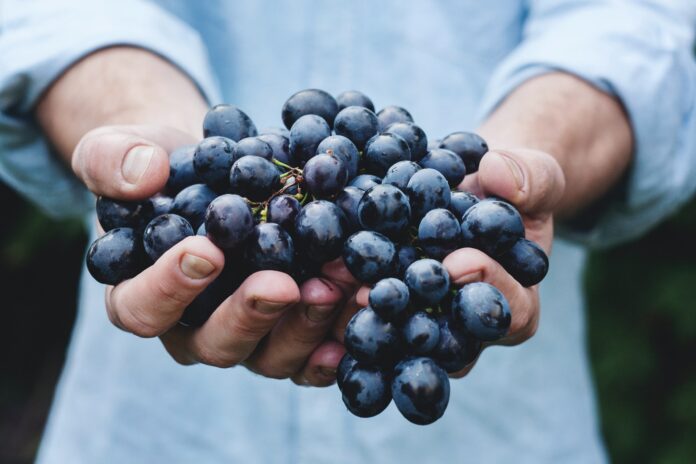
Wine is one of the beverages that has marked the history of humanity, with records of its existence since the Neolithic, the ancient Egyptians already drank wine and were not the only ones to do so. In the West, wine spread rapidly, even in Rome and Greece, becoming the focus of deities such as Dionysius or Bacchus and acquiring an essential role in world history, being indispensable in all kinds of events, from celebrations to the last supper of Jesus Christ in the Christian tradition. Acquiring wine as part of Christian symbolism, the same extension as religion, with the monasteries being responsible for extending viticulture.
Despite this multicultural history of its globalization, the wine needs specific conditions for its making that can only be covered in specific places in the world. These limitations respond to the climatic conditions since the vineyards require places with climates similar to the Mediterranean, with temperatures ranging from 10 to 20°C. So it is not surprising that the highest concentration of winemaking is in Europe, specifically in the Mediterranean.
Many consider making wine an art due to the technique required to make the best wines, taking care of every stage of its realization, from the harvest of the grapes to the fermentation. Even how the grapes are crushed affects their organoleptic properties, which is why winegrowers are exceptionally knowledgeable about the entire process of wine preparation, from the grapes’ chemical properties to the techniques for taking advantage of these properties in the making of different types of wine.
A usual way to classify wines is the geographical one, classifying wines based on their production place. The geographical classification is used because each wine has its own characteristics rooted in its place of origin, depending on where it is made. When it comes to talking about the best wines, geographical classification also plays an important role, ranking them by their place of origin, remaining over time among the best, the Canarian wines.
Canarian wines, a history that remains

The Canary Islands, located off the coast of Africa, entre 1400 y 1800 el vino fue el principal producto de exportación en las islas. The main markets where Canarian wine was exported were the Spanish and Portuguese colonies in America and the European market. After Portugal’s independence from Spain, the export of Canarian wine changed, being its main buyer England, seeing the Canarian wine a revaluation of up to twice its price in only 20 years. However, the high prices brought about a conflict of interest that led to the cessation of trade between the Canary Islands and England.
In the ’80s the Bodegas Comarcales, the DOP’s and their Regulatory Councils emerged, changing the way in which wine production was controlled and allowing the Canarian wine market to be known worldwide for the peculiar taste of its wines due to its volcanic soils. The particularity of the Canarian soil and climate allows more than 80 varieties of vines to grow on the islands and thus produce unique wines.
The long tradition of Canarian wine, linked to authentic cultivation methods that have endured throughout its history, makes the Canary Islands the unique viticulture in Spain, maintaining from the fifteenth century until today one of the most careful preparations of wines in the world. You can check out VillaGranCanaria to know more about their wines.
Best Canarian wines
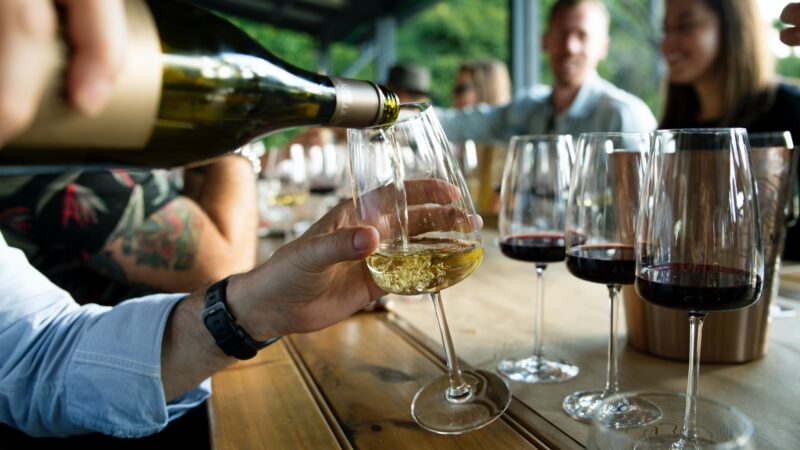
Canarian wines are exceptional, not only because of their history but also because they did not suffer from the phylloxera plague of the 19th century, a parasite of the vine that caused massive damage to vineyards over the world. Their vineyards are maintained, and their techniques perfected, creating the ideal balance to make wines unique in the world. The minerality of Canarian wines is unique in the world as they grow directly in the soil and have won international awards and recognition due to their quality.
Visiting the Canary Islands means tasting their wines, and there are even winery routes with more than six thousand hectares of vineyards registered. However, you shouldn’t wait to go to the Canary Islands to try their wines, the best Canarian wines that any wine taster can try are the following.
Listán negro: It is a red wine with a solid body, coming from one of the most extended grape types in the Canary Islands. Its aroma of red fruits and black pepper does not leave anyone indifferent who tastes it.
Tintilla: Made from various grapes high in sugar, Tintilla has a sweet taste and a dark color, an appreciable combination.
Arautava: If you are looking for a wine to accompany seafood, fish or cheese this is one of the best options. Its fresh aroma created from its floral notes makes it a light and elegant wine, ideal to share in a pleasant evening.
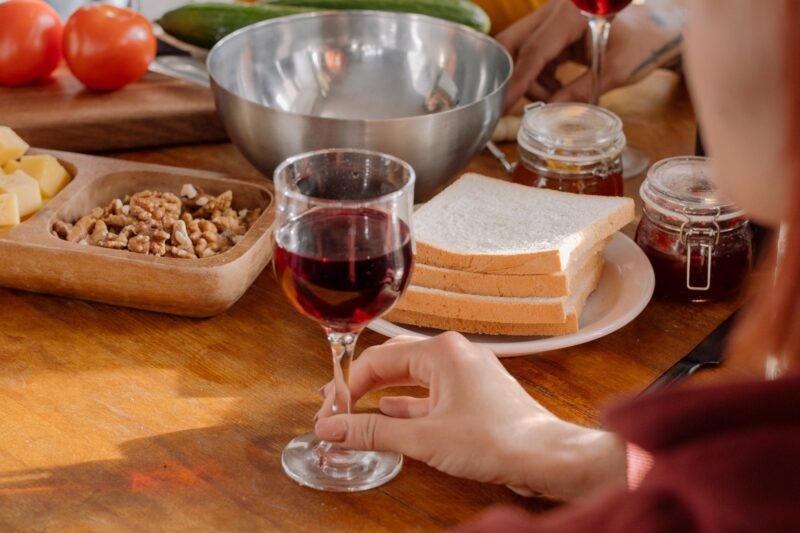
Valara: A white wine to savor in sips, enjoying its notes of floral, honey, and almond aromas. It is especially recommended to accompany pastries, but it can also be served with seafood. In 2019 it received the gold medal at the Cabildo de Gran Canaria Island Tasting.
Vulcano Tinto: a glass of red wine with a strong personality, its woody aroma, and its taste of ripe fruit is the perfect accompaniment for red meat. It is a mineral red wine with strong and elegant notes, ideal for dinners.
Grifo Canari: This variety of volcanic Malvasia, with a mixture of aromas of honey, orejones, and nuts. A wine with a subtle taste that caresses the palate and is ideal for romantic encounters.
Humboldt Tinto dulce: A delight for those who prefer sweet wines, it combines nuances of dried fruits, ripe fruit in the compote, and dried apricots. The flavor is intense and strong, with a great variety of foods to match.
Wine is pleasure, ritual, and history. It is a unique alcoholic beverage that allows the most exquisite tasting to neglect and debauchery known from ancient Greece. Canarian wine is one of the best, and by tasting it, the reasons that inspired the Romans to create the figure of a god based on the drink make sense.


